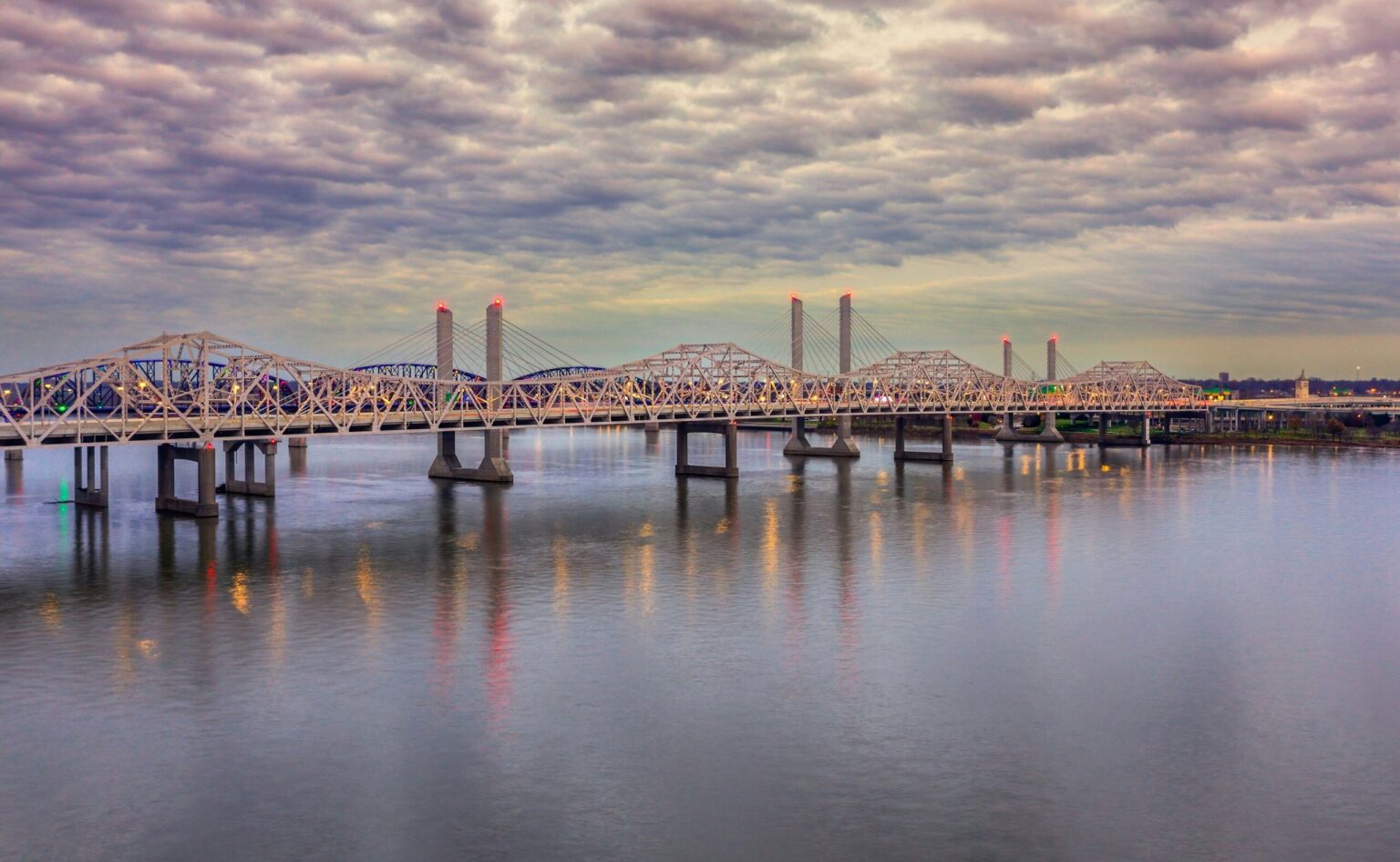Collapse of Key Infrastructure Blocks Shipping Routes
On March 26, 2024, a major incident occurred in Baltimore, Maryland, when the Francis Scott Key Bridge, a crucial transportation link for the city, collapsed after being struck by a large cargo ship. The collapse has caused immediate and far-reaching disruptions to Baltimore’s marine terminals, blocking access to one of the busiest and most vital shipping routes on the East Coast. This event has crippled port operations, leaving businesses scrambling to adapt and seek alternative routes for their shipments.
Impact on Supply Chain and Trade Operations
The Francis Scott Key Bridge collapse has severely impacted trade and logistics, particularly for industries dependent on the Baltimore port for imports and exports. Baltimore serves as a key hub for various sectors, including auto imports, agricultural exports, and consumer goods. With the bridge collapse halting access to the port, shipping companies are being forced to reroute their vessels to other ports like Norfolk and New York. As a result, businesses face a slowdown in supply chains, increased transportation costs, and the risk of delayed deliveries. Analysts predict that industries relying on just-in-time inventory systems will likely experience shortages in the coming weeks, further compounding the economic strain.
Immediate Efforts to Address the Crisis
Port officials have called this collapse one of the most significant disruptions to the East Coast’s supply chain in recent years. Emergency response teams are currently working to clear the debris and assess the structural damage to the bridge. Authorities are investigating the cause of the collision, with early reports suggesting that the cargo ship may have lost control before striking the bridge. The exact timeline for reopening the shipping channel remains unclear, leaving local businesses and global trade networks in a state of uncertainty.
Long-Term Recovery and Rebuilding Efforts
While the immediate response efforts are underway, the road to recovery will likely be long and difficult. Analysts warn that the rebuilding of the Francis Scott Key Bridge could take years, meaning that businesses and consumers may continue to feel the effects of the disruption for an extended period. Local and federal government officials are already discussing plans for reconstruction, but the focus is also shifting to improving the resilience of the region’s infrastructure. Experts are calling for increased investments in port and bridge safety to prevent similar incidents in the future. As recovery continues, businesses are left with no choice but to adjust to the new realities of a disrupted supply chain.
Future Outlook and Calls for Action
The collapse of the Francis Scott Key Bridge has not only caused immediate disruption but also sparked a broader conversation about the vulnerability of critical infrastructure. With the significant impact on both local businesses and global trade networks, there is growing urgency for policymakers to prioritize infrastructure investment. Industry leaders and transportation experts are advocating for long-term strategies to bolster the region’s shipping capabilities and avoid such devastating events in the future. While rebuilding efforts are underway, it’s clear that restoring full operations at Baltimore’s marine terminals will take time and require significant resources.
